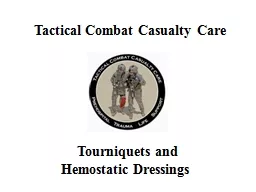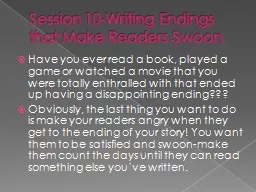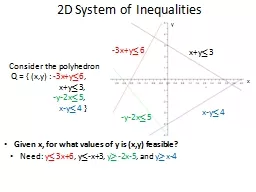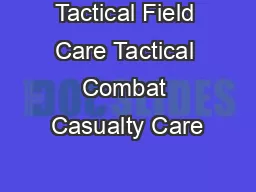PPT-Creating Satisfying Combat Experiences
Author : lois-ondreau | Published Date : 2015-11-10
At Games The Designers Dream drop in and play enemy behavior Less scripting and environment authoring Less predictability more procedural surprise moments for
Presentation Embed Code
Download Presentation
Download Presentation The PPT/PDF document "Creating Satisfying Combat Experiences" is the property of its rightful owner. Permission is granted to download and print the materials on this website for personal, non-commercial use only, and to display it on your personal computer provided you do not modify the materials and that you retain all copyright notices contained in the materials. By downloading content from our website, you accept the terms of this agreement.
Creating Satisfying Combat Experiences: Transcript
Download Rules Of Document
"Creating Satisfying Combat Experiences"The content belongs to its owner. You may download and print it for personal use, without modification, and keep all copyright notices. By downloading, you agree to these terms.
Related Documents














